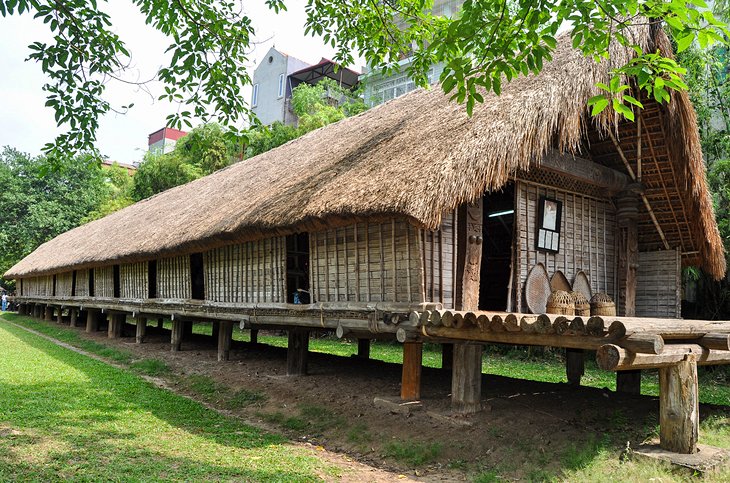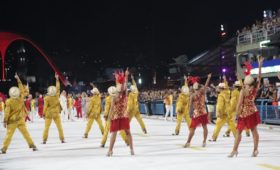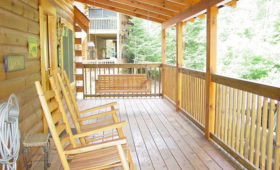Holiday attractions Hanoi today with Hanoi By Locals: Although it may not look like much at first, Hanoi’s Imperial Citadel area was once the vital seat of military power here, and continued in an important strategic role right up to the 1960s and the Vietnam War. The site achieved UNESCO World Heritage Site recognition in 2010 for its long role in Hanoi’s past, and the area’s 1,000 years of history are highlighted by archaeological work that has unearthed the foundations of various palaces that once stood on this spot. There’s also a bunker here that dates from the Vietnam War where military maps and implements are displayed. Read even more information on Hanoi By Locals.
Known as the lake of the returned (or restored) sword, this lake marks the historical center of ancient Hanoi. The name comes from a legend in which Emperor Le Loi was given a magical sword by the gods, which he used to drive out the invading Chinese. Later, while boating on the lake, he encountered a giant turtle, which grabbed the sword and carried it down to its depths, Every morning at around 6am local residents practice traditional t’ai chi on the shore. The lake also houses Jade Island, home of the eighteenth century Temple of the Jade Mountain. The island is reachable via the red-painted and picturesque Morning Sunlight Bridge.
Thang Long Water Puppet Theatre, located along Dinh Tien Hoang Street, comprises 17 short sketches using traditional puppets within a one-hour performance. A Vietnamese orchestra accompanies each story, with musicians playing traditional operatic songs using drums, wooden bells, horns, bamboo flutes and cymbals. Aside from the general admission fee of VND 100,000, there’s an additional camera or video fee if you wish to photograph or film the show. Tickets sell out well in advance so it’s worth booking yours as soon as you arrive in town.
The final resting place of Vietnamese communist leader Ho Chi Minh sits in Ba Dinh square, the location where he read the nation’s declaration of independence in 1945. This tall, blocky pillared building is modeled after Lenin’s crypt in Moscow and meant to evoke a traditional communal house, though to many tourists it looks like a concrete cubicle with columns. Contrary to his desire for a simple cremation, the embalmed body is on display in plexiglass casing, and a dress code of long sleeves and pants is required to visit. The mausoleum is closed for a couple months around the end of the year, when the body goes to Russia for maintenance.
When the crowds begin to wear you down, Hanoi has a bundle of places to visit where you can escape for some peace. Hoan Kiem Lake is a relaxing respite right within the city, while the Temple of Literature and Vietnam Museum of Ethnology are two of the best places to visit to reflect on Vietnam’s grand history. For many visitors to Vietnam’s capital, the major attraction is strolling the streets of the city’s ancient core. This labyrinthine quarter of narrow alleys is the commercial heartbeat of town and has a history that stretches back 1,000 years. It’s a delightfully dilapidated place, where the odd piece of medieval era architecture has managed to cling on within the modern hubbub of whizzing motorbikes, street vendors, and pulsating commerce. See additional information at https://hanoibylocals.com/.
Standing in the heart of Hanoi, the opera house was located in a beautiful intersection downtown, where five main city roads lead to. Completed in 1911 after 10 years of construction, by two French architects, Hanoi Opera House resembles the Opéra Garnier de Paris. In August 1945, the Opera House Square was the political center of the country during the revolutionary days. Since then, Hanoi Opera House has always been the center of important conferences, meetings and art performances by art troupes domestically and internationally.



